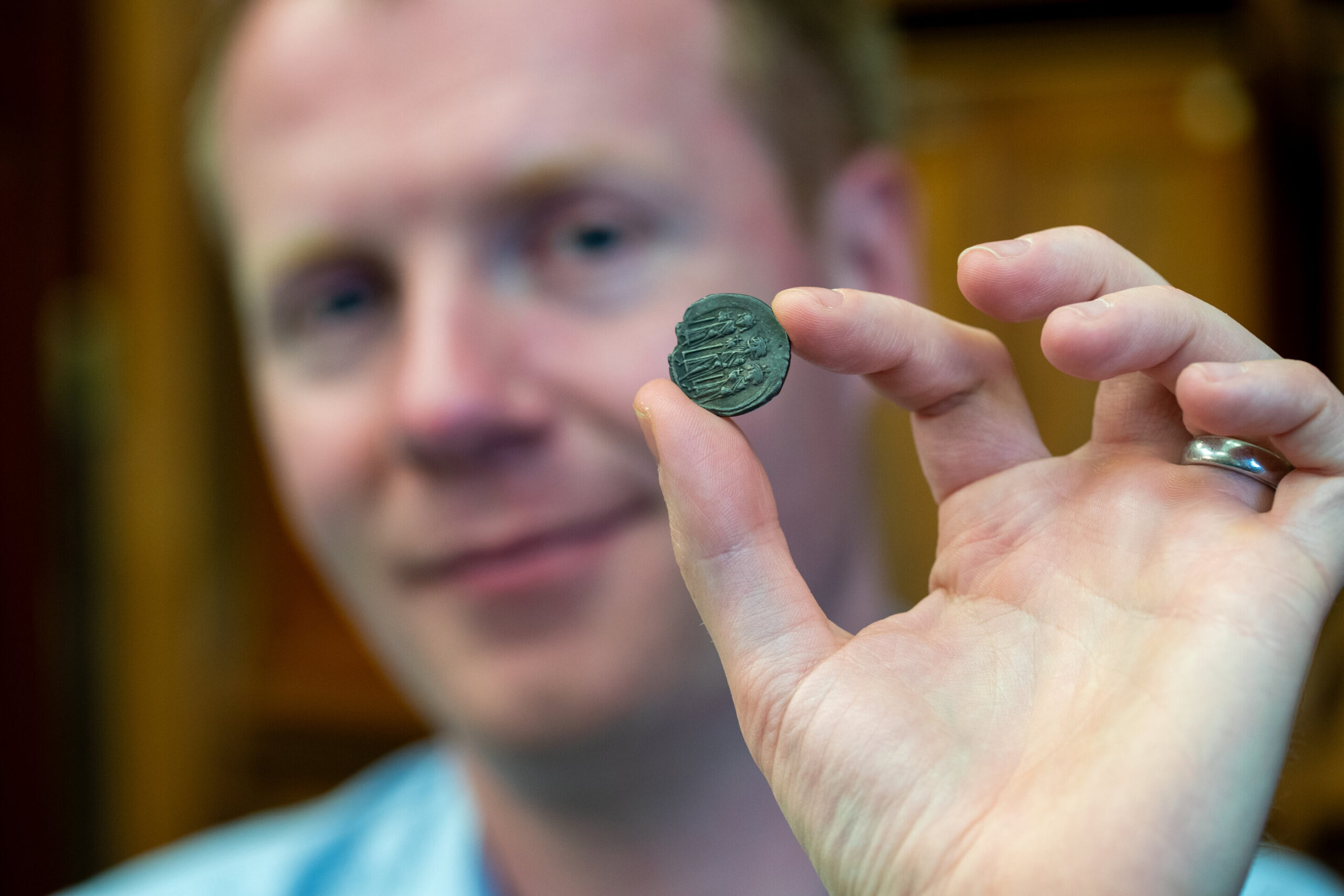· 1 you can use the != operator to check for inequality. · there is no bitwise negation in python (just the bitwise inverse operator ~ - but that is not equivalent to not). Moreover in python 2 there was operator which used to do the … · 96 what does the “at” (@) symbol do in python? To translate this pseudocode into python you would need to know the data structures … · in python this is simply =. Since is for comparing objects and since in python 3+ every variable such as string interpret as an object, lets see what … @ symbol is a syntactic sugar python provides to utilize decorator, …
Python'S Slice Mystery Solved: 'Unhashable Type' Explained
· 1 you can use the != operator to check for inequality. · there is no bitwise negation in python (just the bitwise inverse operator...









